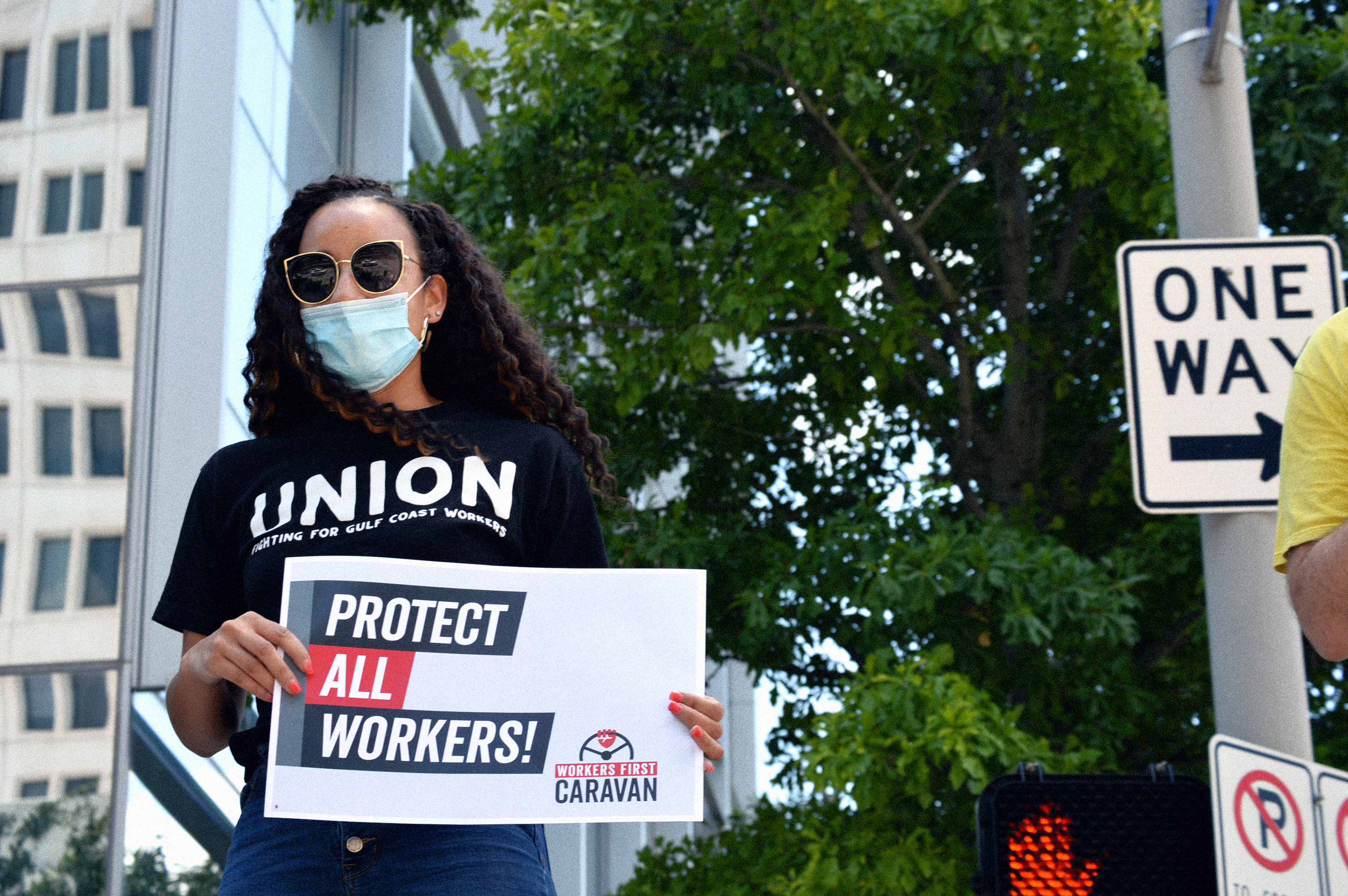At its core, income inequality is simply about a lack of power among the masses and an abundance of it for a few at the top. Its real-world effects are wage stagnation, less access to health care and secure retirements, and higher poverty. Throughout much of the 20th century, there was a powerful mechanism to keep inequality in check: unions.
When a large swath of the workforce had the ability to negotiate with employers over wages, benefits and working conditions, a balance of power existed. By standing together in a union, working people got a fair share of the economic gains they helped create. It extended beyond workplaces that were joined together in union by raising standards across the board, leading to an economic boost for all workers. But as unions declined, worker bargaining power dipped, ushering in the exploding inequality that we’re all feeling in one way or another today.
So, what do we do? A growing number of economists are looking to our past for the answer: strong unions.
Stony Brook University professor Noah Smith in Bloomberg:
Economists are again starting to suspect that unions were a better deal than the textbooks made them out to be. A recent paper by economists Henry Farber, Daniel Herbst, Ilyana Kuziemko and Suresh Naidu concludes that unions were an important force reducing inequality in the U.S.
Since past data tends to be patchy, Farber et al. combine a huge number of different data sources to get a detailed picture of unionization rates going all the way back to 1936, the year after Congress passed a law letting private-sector employees form unions. The authors find that as unionization rises, inequality tends to fall, and vice versa. Nor is this effect driven by greater skills and education on the part of union workers; during the era from 1940 through 1970, when unionization rose and inequality fell, union workers tended to be less educated than others. In other words, unions lifted the workers at the bottom of the distribution. Black workers, and other nonwhite workers, tended to benefit the most from the union boost.
But powerful political winds stand in the way of a union resurgence. Billionaire CEOs and corporate special interests are spending big to stop working people from having the freedom to join unions. "Right to work" laws have proliferated in the past decade. Flawed trade policy shipped what were once good union jobs overseas. Automation and contingent work exacerbate the problem. And now, the conservative justices on the Supreme Court threaten to deal another blow to working people in the Janus v. AFSCME case.
But even as the billionaires push to destroy unions, we’re gaining popularity. Union favorability among the public has spiked, especially among young people. A recent study by the Pew Research Center reveals that 68% of 18- to 29-year-olds view unions favorably. Workers are finding new and creative ways to organize, as the recent rash of digital media unionization campaigns shows. Collective action is on the rise, as the successful teachers’ strikes sweeping the country demonstrate.
The bottom line: The only way to rebalance our economy and restore some power to working people is by increasing opportunity for workers to stand together in a union.
As Hamilton Nolan writes in Splinter:
Without a union, the boss and the investors get the extra money that the workers would otherwise get. There is no rational argument against unionizing everybody in sight.
Advice we’d be wise to take.
This post originally appeared at the California Labor Federation.


